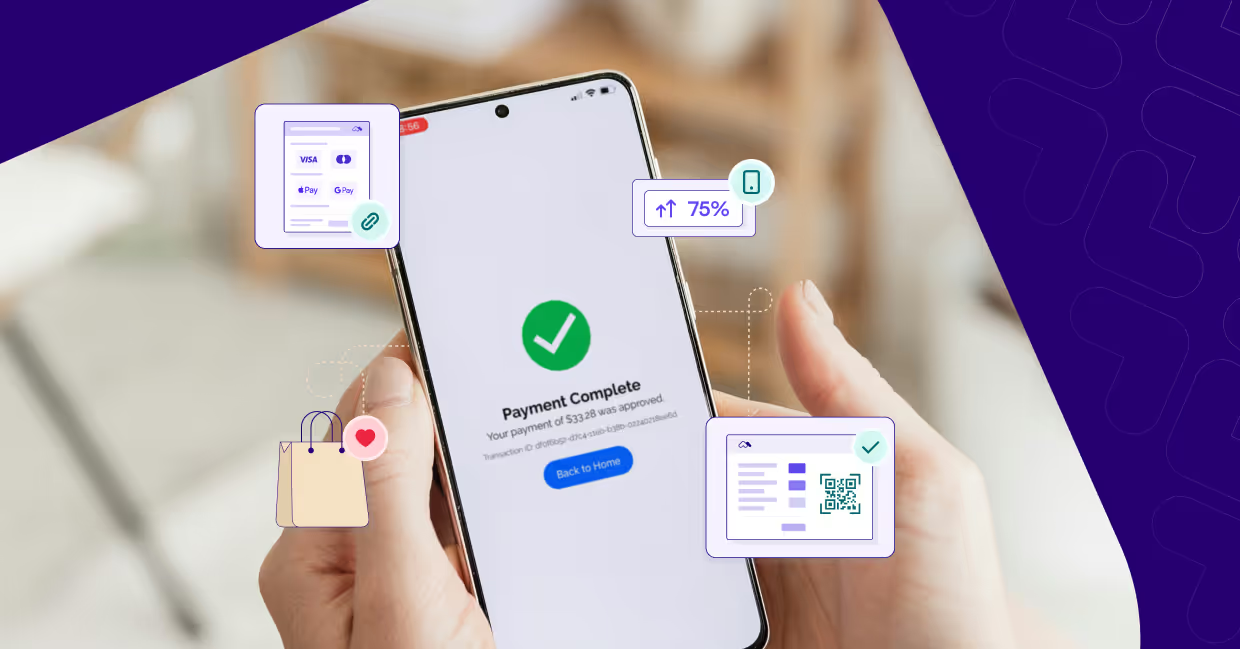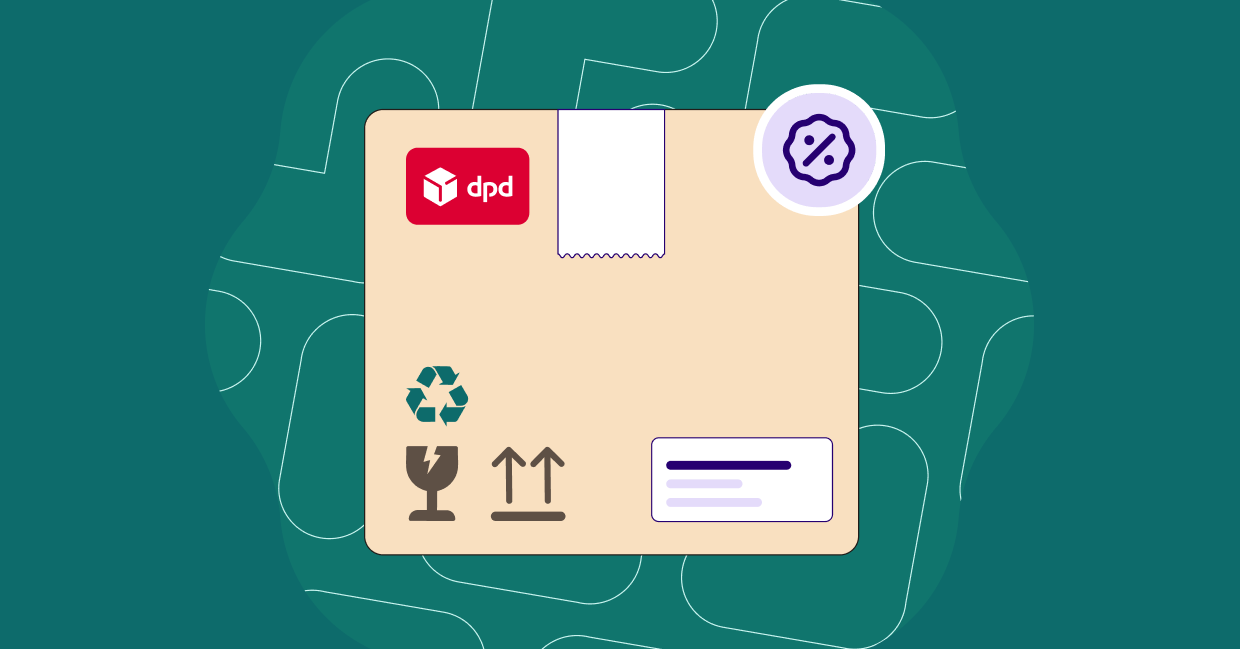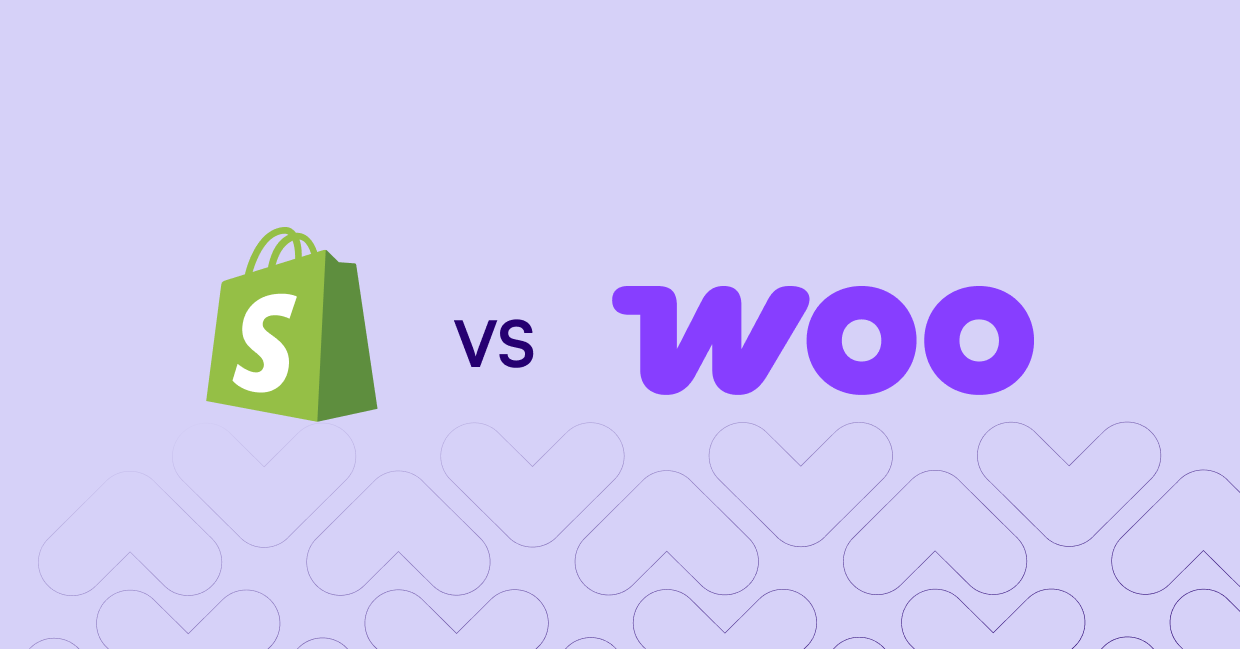The ultimate guide to ecommerce website optimisation

Improving your ecommerce site speed by just one second can increase your conversion rates by 7%. That’s the difference between a visitor clicking “buy now” or abandoning their cart. For ecommerce businesses, website optimisation is not optional. It is the key to driving sales.
This guide is your roadmap to ecommerce website optimisation. You will learn practical tips to speed up your site, personalise the shopping experience, and simplify the checkout process. Every section is designed to help you grow revenue and keep your customers coming back.
A seamless ecommerce site builds trust, drives conversions, and puts you ahead of your competition. Let’s get started.
Understanding ecommerce website optimisation
Ecommerce website optimisation is all about refining your online store to deliver the best experience for your customers. It focuses on improving how users interact with your site, helping you convert more visitors into loyal buyers. Whether it’s speeding up page loads or simplifying navigation, optimisation ensures every element works to improve sales performance.
A well-optimised ecommerce website can:
- Increase conversions: A smoother, faster site means fewer barriers to completing a purchase.
- Reduce bounce rates: Optimised pages keep users engaged, encouraging them to explore more.
- Improve search engine visibility: Search engines reward user-friendly sites, helping your store rank higher and attract organic traffic.
- Enhance mobile experience: With mobile users dominating ecommerce, website optimisation ensures your store looks and works perfectly on any device.
Montonio plays a key role in this process. By offering seamless payment solutions like, cards, mobile wallets, BLIK and PIS, Montonio helps ecommerce businesses reduce cart abandonment and streamline checkout experiences. With these tools, your website optimisation efforts go even further – boosting trust, satisfaction, and ultimately, sales.
Core areas of optimisation for ecommerce sites
Optimising your ecommerce website involves focusing on key areas that directly impact customer experience and sales. These include improving site speed, ensuring mobile usability, and refining navigation. Let’s break down these essentials.
Site speed and performance
A slow-loading website is one of the biggest barriers to ecommerce success. Research shows that even a one-second delay can reduce conversions by 7%. Customers expect pages to load quickly and won’t hesitate to leave if they don’t.
Start by using tools like Google PageSpeed Insights to identify performance issues. Then, apply these actionable tips:
- Optimise image sizes to reduce loading times without sacrificing quality.
- Choose a reliable hosting provider to ensure your site is fast and stable.
- Minimise unused code and third-party scripts that slow down performance.
- Choose an ecommerce platform that has website optimisation features built in
By prioritising speed, you create a smoother shopping experience that keeps visitors engaged and ready to buy.
Mobile optimisation
75% of ecommerce traffic comes from mobile devices. This means your website needs to offer a flawless experience across smartphones and tablets. A poorly optimised mobile site will frustrate users and send them straight to your competitors.
Here’s how to get it right:
- Use a responsive design so your site looks great on any screen size.
- Include large, clear calls-to-action (CTAs) that are easy to tap.
- Simplify navigation with mobile-friendly menus.
Montonio makes this even easier by supporting mobile-first payment options like Apple Pay and Google Pay. With smooth, secure mobile payments, your customers can check out effortlessly – wherever they are.
Navigation and user experience
Good navigation is like a well-organised shop floor. If customers can’t find what they’re looking for, they’ll walk away. Simplifying your site’s structure ensures visitors can browse and buy without frustration.
Here’s how to improve navigation:
- Use clear categories to group similar products logically.
- Add a prominent search bar so customers can find exactly what they need.
- Include breadcrumbs to help users keep track of their journey through your site.
Take inspiration from brands like Amazon, whose intuitive menus and search features make shopping effortless. When navigation is seamless, you reduce friction and encourage more purchases.
By focusing on these core areas, you’ll create a website that’s fast, user-friendly, and built for conversions. Ready to tackle the next steps? Let’s keep going.
Checkout flow and cart abandonment
Cart abandonment is a significant challenge for ecommerce businesses, with over 70% of carts left behind. A seamless checkout process can help turn those missed opportunities into conversions.
Streamlining checkout processes
A complicated checkout is one of the biggest reasons shoppers abandon their carts. Lengthy forms, multi-step processes, or forced account creation can frustrate even the most determined customers.
Here’s how to simplify the process:
- Offer guest checkout to remove the barrier of account creation for first-time customers.
- Integrate autofill options for faster form completion.
- Reduce unnecessary steps to make the process as efficient as possible.
Montonio simplifies this further by combining payments and shipping into one smooth flow. With flexible, secure payment options and easy shipping integration, customers can complete their purchases in just a few clicks.
Transparency in costs
Nobody likes surprises, and nothing drives a shopper away faster than unexpected fees. Hidden shipping costs or unclear taxes at checkout make customers feel blindsided, leading to abandoned carts.
Be upfront about costs to avoid this:
- Display all fees, including shipping and taxes, as early as possible in the checkout journey.
- Use a free shipping threshold to encourage larger purchases. A dynamic progress bar showing how close the customer is to free shipping can make this strategy even more effective.
Montonio supports transparent pricing by integrating shipping costs directly into the checkout. Customers see the total upfront, eliminating surprises and building trust in the buying process.
Personalising the shopping experience
Personalisation is at the heart of modern ecommerce success. Customers expect tailored experiences that make shopping easier and more engaging. By incorporating personalised recommendations and targeted messaging, you can boost conversions and build stronger customer relationships.
Tailored product recommendations
Shoppers love it when a store understands their needs. Tailored product recommendations are a proven way to improve the user experience and increase average order value.
- Use data-driven suggestions like “Customers who bought this also bought” to highlight complementary products.
- Leverage tools such as AI-driven widgets, like Recombee or Nosto, to analyse browsing and purchasing behaviour. These tools can suggest relevant items in real time, making it easier for customers to discover products they didn’t know they needed.
- Adding personalised product recommendations across key areas of your site – such as product pages, the cart, and even in follow-up emails – helps to make the shopping experience feel unique and intuitive.
Targeted messaging
Reaching the right customer at the right time is crucial for keeping them engaged. Targeted messaging can reduce cart abandonment and encourage repeat purchases.
- Use exit-intent popups to capture customers who are about to leave without completing their purchase. Offer incentives like discounts or free shipping to nudge them toward checkout.
- Set up abandoned cart emails to re-engage customers. These reminders, sent within the first hour of cart abandonment, are often the most effective at recovering lost sales.
Leveraging SEO for ecommerce growth
Search engine optimisation (SEO) is one of the most effective ways to drive organic traffic to your ecommerce site. By targeting the right keywords and optimising your pages, you can improve visibility and attract customers who are ready to buy.
Keyword research
Keyword research lays the foundation for any successful SEO strategy. Focusing on long-tail, high-intent keywords can help you reach customers who are more likely to convert. For example, instead of targeting a broad term like “trainers,” aim for more specific phrases such as “women’s running trainers size 8.”
Here are a few tools to get started:
- Google Keyword Planner: A free tool for discovering relevant keywords and their search volumes.
- Semrush/Ahrefs: A comprehensive platform for finding keyword opportunities, analysing competitors, and monitoring performance.
When selecting keywords, consider search intent. Are customers looking for information, comparing products, or ready to buy? Matching your keywords to these intentions can significantly boost your conversion rates.
On-page SEO
Once you’ve identified your keywords, it’s time to optimise your site’s content. On-page SEO ensures your pages are designed to rank well and provide value to visitors.
- Optimise product descriptions: Include your target keywords naturally while focusing on clear, engaging language that highlights the benefits of your products.
- Refine headings and meta tags: Use descriptive titles and meta descriptions to make your content appealing to both search engines and users.
- Alt-text for images: Add relevant alt-text to product images to improve accessibility and ensure they appear in image search results.
- Internal linking strategies: Connect related product pages and blog posts via links to guide users through your site and strengthen your site’s SEO structure.
Testing and analysing for continuous improvement
Optimising your ecommerce website isn’t a one-and-done task. Continuous testing and analysis are vital to staying ahead in a competitive market. By using data-driven insights and iterative improvements, you can refine your site to deliver better results over time.
A/B testing
A/B testing is one of the most effective ways to identify what works best for your audience. By comparing two versions of the same element, such as a call-to-action (CTA) button or product page layout, you can determine which one performs better.
Examples of what to test:
- CTA text, such as “Buy now” versus “Add to basket.”
- Product page layouts to see if visual changes improve conversions.
- Discount types, such as percentage-based discounts versus fixed-amount discounts.
Tools like Hotjar make it easy to set up and monitor these experiments. With insights from A/B testing, you can fine-tune your site for maximum impact.
Metrics to monitor
Tracking the right metrics is essential for understanding your site’s performance and identifying areas for improvement. Focus on these key indicators:
- Traffic: How many people are visiting your site, and where are they coming from?
- Conversion rate: What percentage of visitors complete a purchase?
- Bounce rate: Are visitors leaving without engaging, and if so, why?
- Cart abandonment: At what point are customers dropping out during checkout?
Use analytics tools like Google Analytics to track these metrics effectively. Look for patterns and anomalies, and use this data to guide your optimisation efforts. For example, if you notice a high bounce rate on mobile devices, it might signal a need for better mobile optimisation.
Take the first step toward optimised ecommerce success
Ecommerce website optimisation is an ongoing process, but its benefits are undeniable. By improving site performance, enhancing the user experience, and continuously testing and analysing, you can drive higher sales and build lasting customer relationships.
Start small. Test your site speed or simplify your checkout flow today to see immediate results.
Discover how Montonio’s payment solution can help optimise your ecommerce checkout for higher conversions and happier customers. Sign up and take the first step toward a more profitable store.





